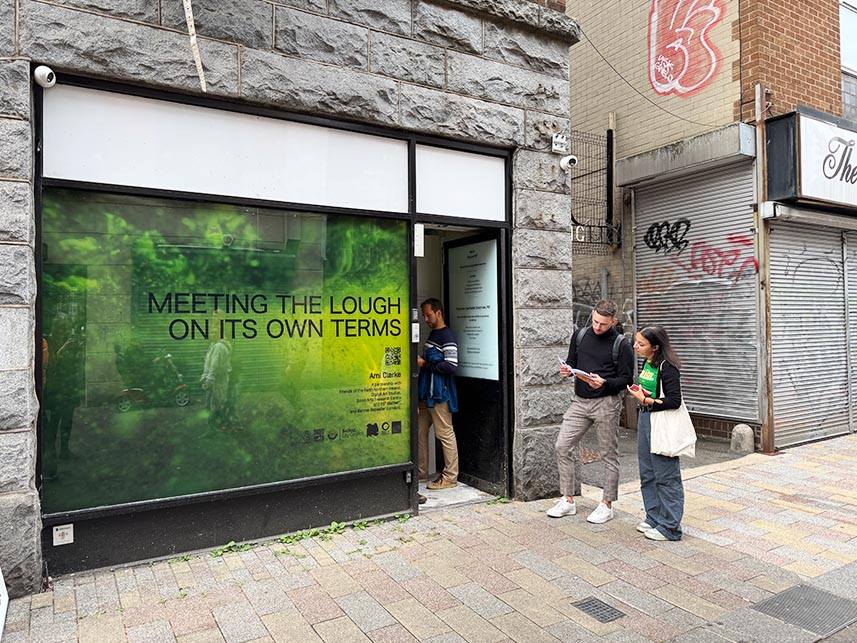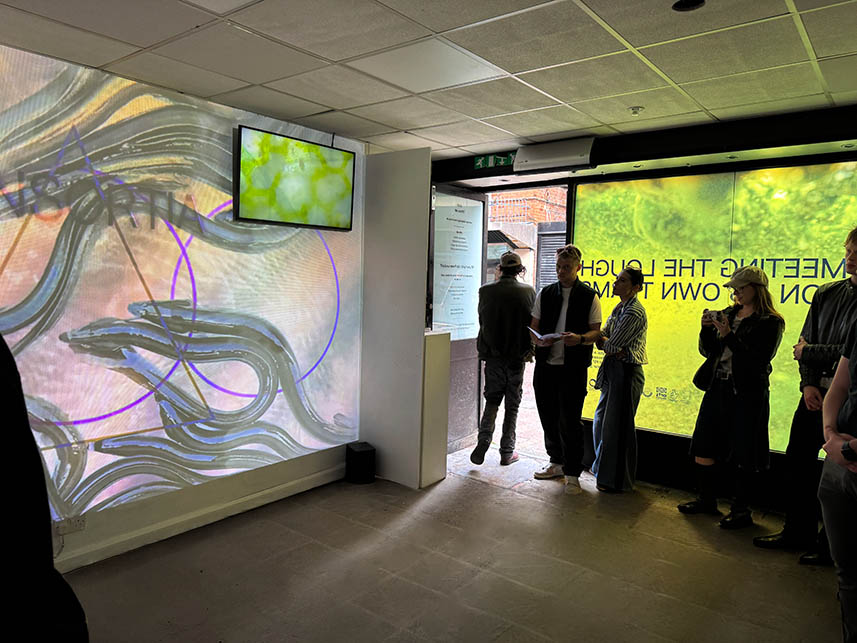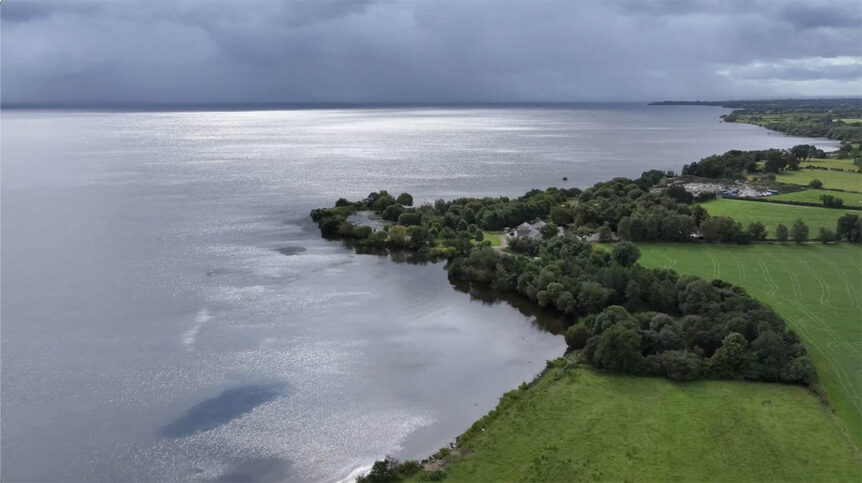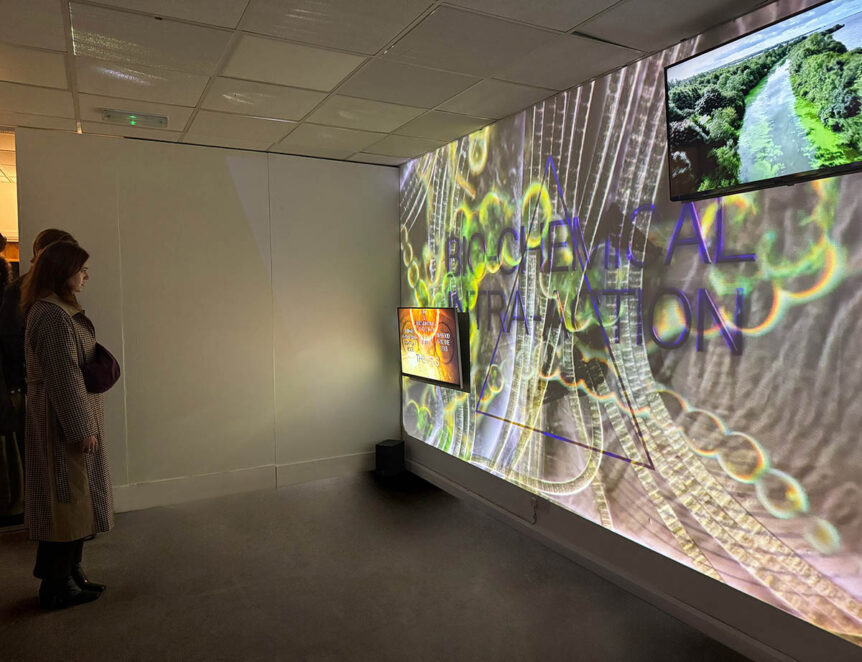
Why do you work with multiple artistic genres?
Thanks Gordon, that’s a great question I started off as a sculptor and though my practice has evolved into a multi-media, installation-based approach, the pulse of materiality remains central. I currently create what you might call immersive video and sound environments that explore climate change through a sensorial and experiential approach, questioning how we engage with planetary crisis beyond data and despair. My work often assembles ecologies of human and non-human actors, machine learning systems, and AI, to grasp something of the multi-temporalities and scales, cross-species contaminations and alliances, necessary to confront the environmental challenges ahead. Textuality is a living material in my work—words treated as objects, algorithmic dance, concrete poetry, AI-generated absurdities—within a posthuman, eco-feminist, decolonial discourse, that emphasises the plasticity of gender. I take an experimental and playful, critical approach across sculpture, sound, video, VR, and experimental publishing, with an emphasis on process based ways of working.

Are there aesthetic or experiential advantages using this approach?
I’ve had a chance to deepen my ‘more-than-human’ inquiry through talking with Friends of the Earth over the past two years with some amazing folks in association with this. I’ve learnt a great deal whilst in conversation about the terrible situation that befell Loch nEathach in 2023 and am still learning today.
Meeting the Lough On Its Own Terms is an expansive project which explores ways of ‘sensing’ Lough Neagh at a microbial scale, from a multi-species perspective. The works include a video wall, with two videos on monitors embedded within the larger wall. A diagram on canvas detailing all the converging issues at the lough (first shown at The MAC for an event organised by FotE that brought people together to discuss the crisis and think about what a just settlement for the lough might look like via a collective diagramming session), is hung on the wall in an area with seating so that folks can sit and ponder further. This, in turn, alongside a collective writing project running for a year and a half, informed a later schematic, drawing upon Hogarth’s satirical etching style, to produce a ‘Neoliberal Diagram in Slurry’ summarising the neoliberal effects on microbial life, at Lough Neagh, that hangs on the opposite wall. A smaller video work is shown: ‘Make Kin, Not Kings’ that was first released on social media, that is shown on an open-housed monitor with cables that flow like eels to the power point below. The works come together within an immersive sound work that is evocative of being underwater in the lough, with all the organisms and critters, lending a de-centred (not devalued) multi-species emphasis to the overall work, that acts to hold your attention within a calming sound-scape, where further reflection is supported.

How did you become involved in the project about Lough Neagh (Loch nEathach)?
To briefly summarise, Loch nEathach is the largest freshwater lake in Ireland and the UK, it’s vast, like a small sea, and an extraordinarily beautiful place. In the long hot summer of 2023 it became eutrophic, and overwhelmed with algae blooms to such an extent that this powerful imagery made the headlines. I joined Friends of the Earth in discussion that year, which lead in turn to the emphasis upon ‘Meeting The Lough On Its Own Terms’. FotE have a very creative take on activism, holding a wake for the lough early on, to express something of the terrible sense of grief that many feel about losing something so integral to their lives, where once folks swam and fished.
The complexity of how the lough became eutrophic presents a text book case in converging dynamics of power, influence, and conflict of interests, that have developed over decades, if not centuries, around Loch nEathach and the watershed. Today, the situation has new and emerging dynamics that have moved on from the return of Stormont (which simply wasn’t there in 2023), with the increasing adoption of the Rights of Nature by community groups and many others. But, although this is extraordinary, in terms of changing mindsets, not all rights are granted equally – more on this later.
Previous works of mine have tried to grasp something of the complexity of environmental concerns, and after listening to all the stories that converge at the lough I drew a first diagram (2023), which you can see in the exhibition, that starts to map out who is putting something of value into the lough, and who is just taking from it, without giving back. It’s very simple. It speaks to how undernourished our relationship with nature is.

You mention evolutionary biologist Lynn Margulis as an underlying theoretical underpinning. What is useful in Margulis theory for this project?
My emphasis on the materiality of microbial life and nutrients, in combination with a deconstructed systems approach, is very deliberate, as it means that we can unpack how the lough got into this terrible state, and hence, start to think about how to do things differently. In the sense that it draws both the vulnerable eco-system at Loch nEathach, showing the interdependencies between microbes, eels, chironomid flies, diatoms, silica and us humans, to name but a few, together with the human made financial system: the apparatus of neoliberalism, that afford such narrow channels of choice for everyone involved (including many farmers). And this isn’t just theory, it directly applies to the situation at the lough. The Northern Ireland Environment Agency, within the Department of Agriculture, Environment and Rural Affairs, has shown that during the governments ‘Going For Growth’ initiative between 2012-2021, there has been a 52% increase in Soluble Reactive Phosphorous in Loch nEathach, with 62% coming from agriculture, 24% from wastewater, and 12% from septic tanks.
To learn more about the work of artist Ami Clarke’s work see the links below.
